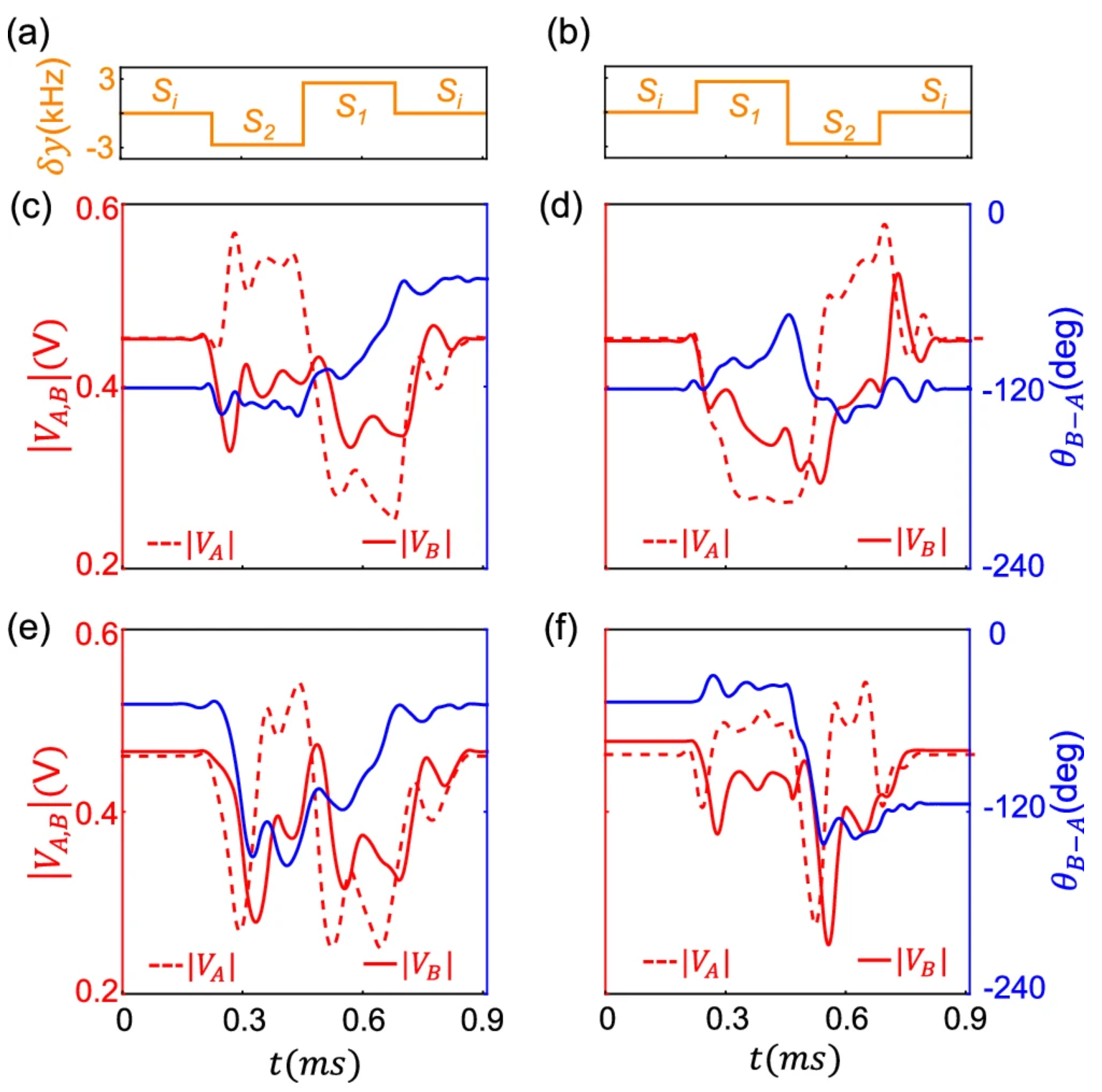Nonlinear Chiral-like State Transfer realized with a minimal set of parameters
The research team led by Professor Meng Xiao at Wuhan University has pioneered a new mechanism for Nonlinear Chiral-like State Transfer, successfully realizing such state transfer with a minimal set of parameters. Their findings have been published in Nature Communications under the title “Nonlinear Chiral-like State Transfer realized with a minimal set of parameters.” The corresponding author of the paper is Professor Meng Xiao from Wuhan University, and the first author is Dr. Kai Bai, a postdoctoral researcher at Wuhan University. In addition, graduate students Chen Lin, Tao Liu, Jiazhen Li, and Xin Lü from Wuhan University made outstanding contributions to this work.
Chiral state transfer refers to the phenomenon where, during adiabatic evolution along a closed trajectory in parameter space, the final state of a system depends solely on the direction in which the loop is traversed. This phenomenon holds potential for a range of applications, including energy transfer, photonic chips, unidirectional lasing, quantum control, and mode switching. However, conventional realizations of chiral state transfer rely on adiabatic evolution of non-Hermitian Hamiltonians in parameter space, which demands high experimental complexity and long evolution times, severely limiting their practical use in integrated devices.
To address these challenges, the authors propose and experimentally demonstrate, for the first time, a novel mechanism for chiral-like state transfer based on nonlinear exceptional points, where the state evolution is governed by the structure of steady-state basins of attraction. Under this mechanism, the nonlinear system achieves chiral-like transfer between steady states by switching among only three discrete points in parameter space—without any need for adiabatic evolution—thus significantly reducing the experimental difficulty.

Figure 1 | Experimental observation of nonlinear chiral-like state transfer. (a, b) Parameter evolution trajectories. (c–f) Evolution trajectories of the system’s wavevector. The final state of the system depends on the direction of the parameter path.
Link: https://www.nature.com/articles/s41467-025-61372-2





